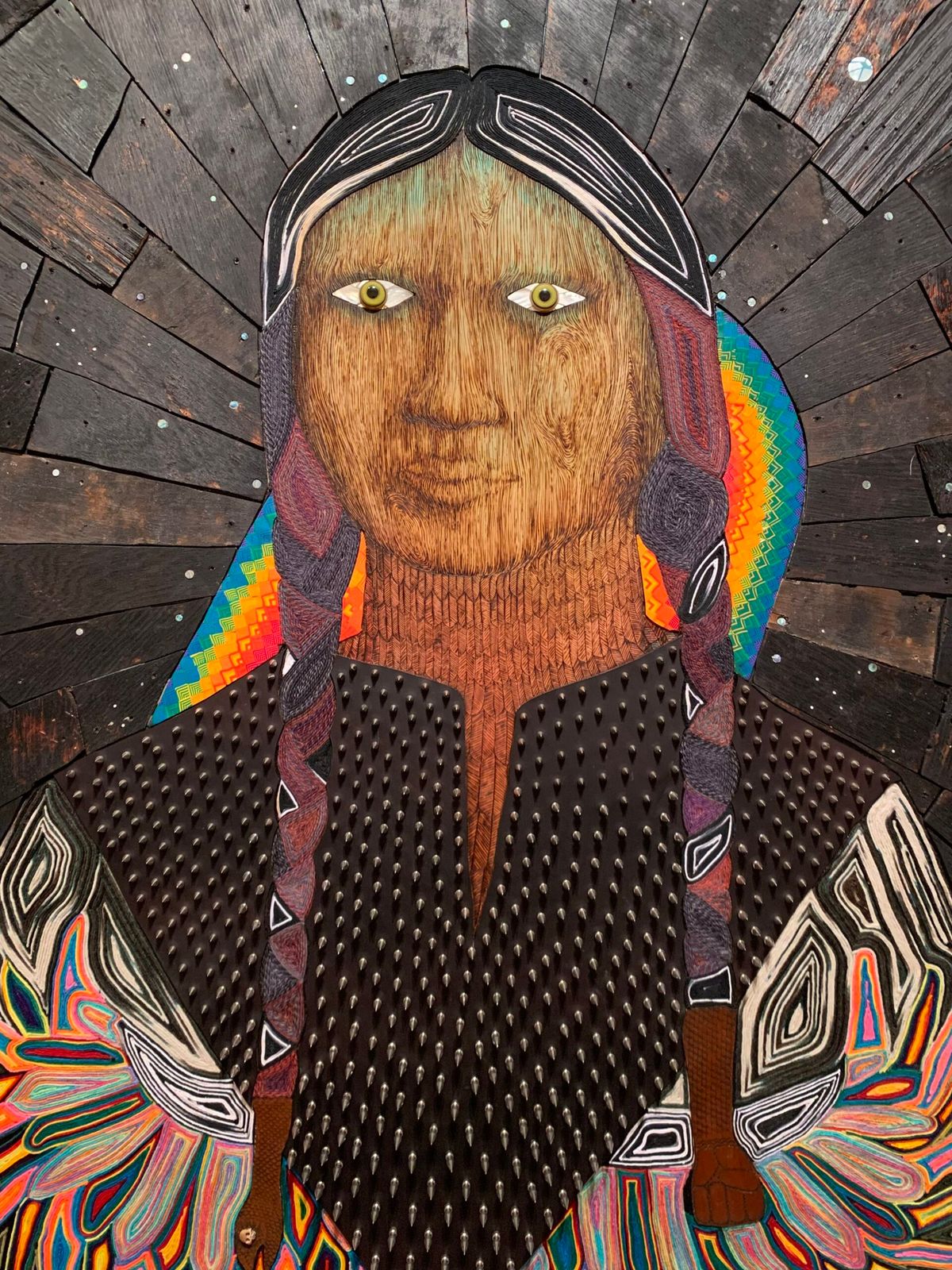Mead Receives Anonymous Donation of Over 170 Works

This fall, the Mead Art Museum will celebrate a recent donation of over 170 works of contemporary art in the exhibition “Starting Something New: Recent Contemporary Art Acquisitions and Gifts.” Approximately 50 of the gifted artworks, all from an anonymous donor, will be on display.
“It’s a really significant gift for us,” the Mead’s Director and Chief Curator David E. Little said in a phone interview. “I would say, without a doubt, that this is one of the largest donations that we’ve received at the Mead, and certainly the largest contemporary art donation in the Mead’s history.”
Little emphasized that the donation is especially valuable when considering the impact it will have on students. Its featured artworks and the exhibition as a whole will provide students at Amherst College with examples of “some of the finest art made today that they can research and study.” Little also commented that the gift is of immeasurable worth because most of the artists are mid-career artists whose values are accruing.
In addition, “Starting Something New” will allow students and faculty to create novel connections with prominent contemporary artists. “For instance,” said Little, “if the art history department wants to invite an artist, it makes a big difference if you can say to the artist that we have a work in our collection by you … It has a more personal connection.”
While the announcement of the anonymous donation was made in early August, the exhibition has been in the works since last December when the board approved the gift. Since then, the staff at the Mead have been busy going through the process of paperwork and physically moving the art.
Highlights of the exhibition include works by Analia Saban, a Los Angeles-based artist who was born in Buenos Aires, and Mark Bradford, an American artist who represented the United States at the 2017 Venice Biennale.
Saban’s “One-Armed, Three-Legged Chair” will be one of the works displayed in the exhibit. In a video by the Getty Conservation Institute, Saban says “materials have a limited potential … so sometimes by breaking something, by opening something up, by looking at the back of something, sometimes it does open up ideas in a way … not just the material itself but also the idea within the material.”
In delving into the “idea within the material,” there is also a psychoanalytic element to her work — the breaking and opening apart of things because the source of fear and conflict lies within, then putting the pieces back together in a way that is better than before.
Also on display will be Bradford’s collections of printed advertisements for services that are posted in neighborhoods. Before becoming an artist, Bradford worked in his mother’s beauty shop — a place he describes as being a safe place for both him and the greater black community.
In fact, his first steps into the art world began there as he incorporated the shop’s products, specifically permanent wave end papers, into his work. His thoughtful creativity is again exemplified in the prints. Little described the work as one of his favorites of the exhibit, marveling at the different printing processes that Bradford used and especially at his incredible imagination in transforming everyday objects into powerful messages.
“For Bradford, he knows that there are certain signs you see in certain communities. You wouldn’t see signs for loans or things of that nature in a very wealthy neighborhood, but you certainly see them in lower income neighborhoods. Bradford is thinking about those socioeconomic issues,” Little said.
Another one of Little’s favorite pieces of the exhibition is a portrait of Sacajawea by American artist Matthew Day Jackson, who focuses on addressing the fallacy of the American Dream through his work. “It’s impossible to describe on paper the surface and the material that the artist used to make the portrait,” Little said. “It’s part-portrait because it’s also got this sculptural element … he uses wood [and] he carves into the surface for the portrait and it’s just … there’s a real loving quality to the way that the artist creates the work.”
As a curator, Little’s work includes figuring out how to arrange these amazing artworks. He likened his task to moving into a brand-new apartment and putting together all the furniture, arranging and rearranging the individual pieces until the whole feels harmonious.
“Each artwork has its own personality,” he explained, “and there are some artworks that really like other artworks and there are some artworks that just need to be alone … I’ve been doing a lot of that — trying to figure out how the artworks speak to one another, and how they can hopefully inspire conversations among the students.”
“Starting Something New: Recent Contemporary Art Acquisitions and Gifts” opens on Sep. 10, 2019, running through July 26, 2020. Before the show’s opening, the Mead will hold a panel titled “Curating the Contemporary,” featuring museum curators who will discuss their experiences curating contemporary art today.
In encouraging students to go visit the exhibition, Little described the specific charm of contemporary art: “It’s fun. [Contemporary art] is playful. I think they might even be shocked by a few pieces … I won’t tell you which pieces they’ll be shocked by, but they’ll find them very, very funny and maybe a little bit irreverent. That’s kind of the spirit of contemporary artists: always trying to inspire you, but also really poking at you a little bit to make sure you’re having fun.”





Comments ()